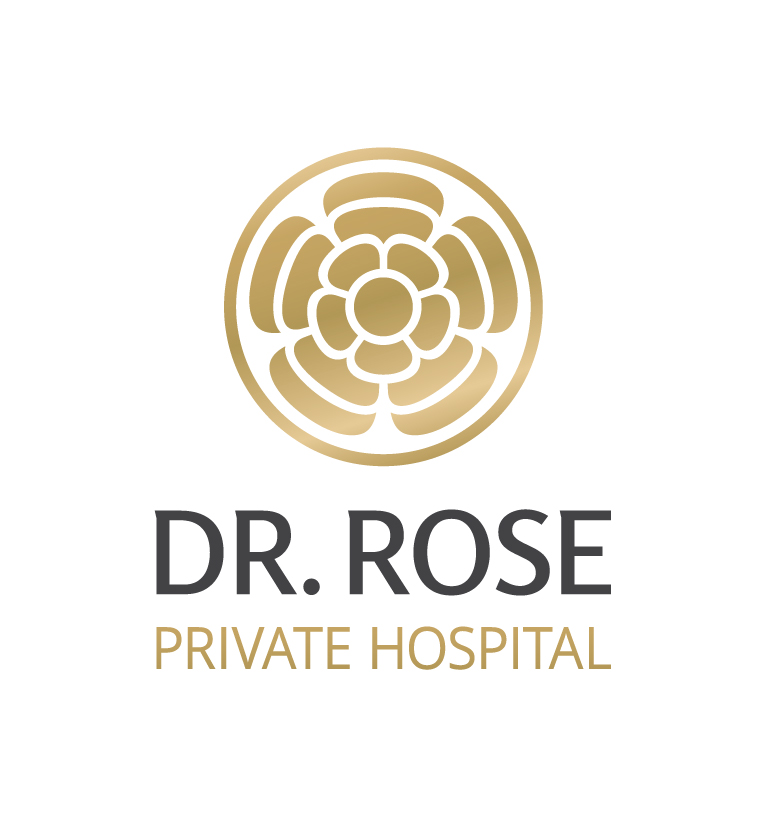Allergy At A Glance - By FirstMed
- 1 Apr 2010 2:00 AM

Here is a list of the most common conditions with % of population affected worldwide:
6%-11% Allergic rhinitis (or hay fever)
~3%-9% Asthma
~ 9% Eczema (intermittent inflammation of the skin)
1%-2% Food allergies (Total population)
~6% Food allergies in small children (70% will outgrow this by the age 3-4yrs)
Rarely Life-threatening (anaphylactic) allergic reaction to medicines or insect venom, such as bee or wasp bites
Testing
While Spring bursts forth with a profusion of nature at its most wonderful, for allergy sufferers it means pollen from trees, grass, grain, and weeds, sneezing, wheezing, coughing, itchy red eyes, a runny or stuffy nose, and serious investment in tissue supplies. A variety of tests now exist to diagnose allergic conditions such as the skin scratch test (In the presence of allergy there will be a reaction to a known allergen) or blood tests (It is possible to analyze the blood for the levels of allergen-specific IgE (a type of immunoglobulin).
Treatment
Treatment of allergies includes: allergen avoidance, use of local or systemic antihistamines or steroids, immunotherapy to desensitize the patient’s response to allergens either through gradual vaccination of progressively larger doses of the allergen or administering it sublingually (under the tongue) in like manner.
List of Hay-Fever Symptoms
• Sneezing, often accompanied by a runny or stuffed up nose.
• Coughing, post-nasal drip
• Itchy eyes, nose and throat
• Allergic “shiners” (dark circles under the eyes cause by increased blood flow near the sinuses)
• The “allergic salute” (in a child, persistent upward rubbing of the nose that causes a crease mark on the nose)
• Watery eyes
• Conjunctivitis (inflammation of the membrane that lines the eyelids, causing red-rimmed, swollen eyes and a crusting of the eyelids)
• Post-nasal drip
• Mental dullness and fatigue
Source: Ross, Linda M., Allergies Sourcebook, Frederick Ruffner, Jr. Publisher, 1997, p. 311
Hay-Fever Control Tips
• Limit outdoor exposure when the pollen count is at its highest, typically 5:00-10:00 am.
• Keep windows closed as much as possible during pollen season.
• Stay in an air-conditioned home or office to reduce pollen exposure
• Use a HEPA air-filtration system in your vacuum cleaner and air-conditioner, especially in the bedroom. (Good news: an allergy sufferer should not do the vacuuming!)
• Wash pets often since they carry pollen into the house.
• Rinse your nose with saline spray after being outdoors.
• Wash your hair before going to sleep.
• Don’t dry clothes outdoors, especially bed-linen, as pollen clings to fabric.
• Limit vegetation around your home.
• Mow grass before it grows tall to avoid its producing seed pods and pollen.
• Pull up weeds in your yard before they have a chance to pollinate.
• Exercise indoors during pollen season"
For more information and testing contact: FirstMed Centers
Address :1015 Budapest, Hattyú u. 14., Hattyúház, 5th floor.
24-hour urgent care hotline: 36-1-224-9090
























LATEST NEWS IN health & wellness